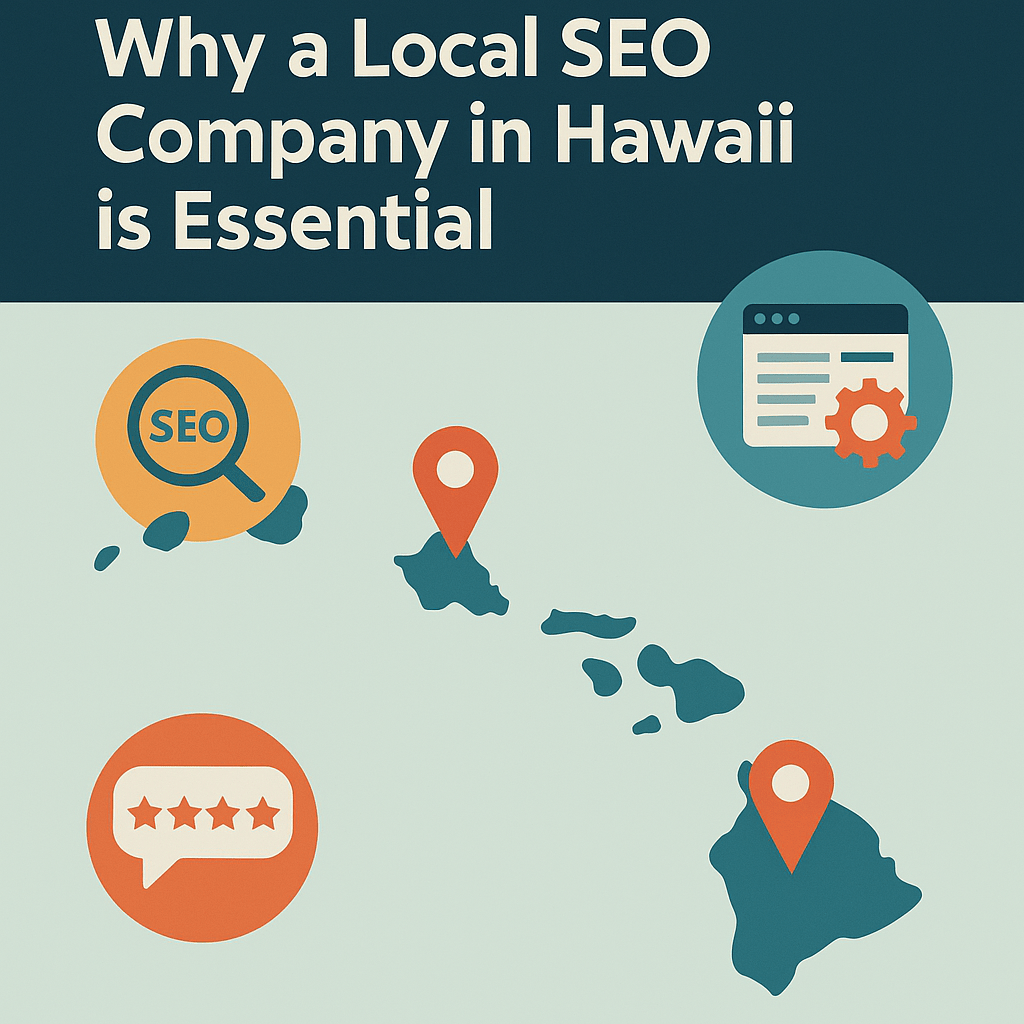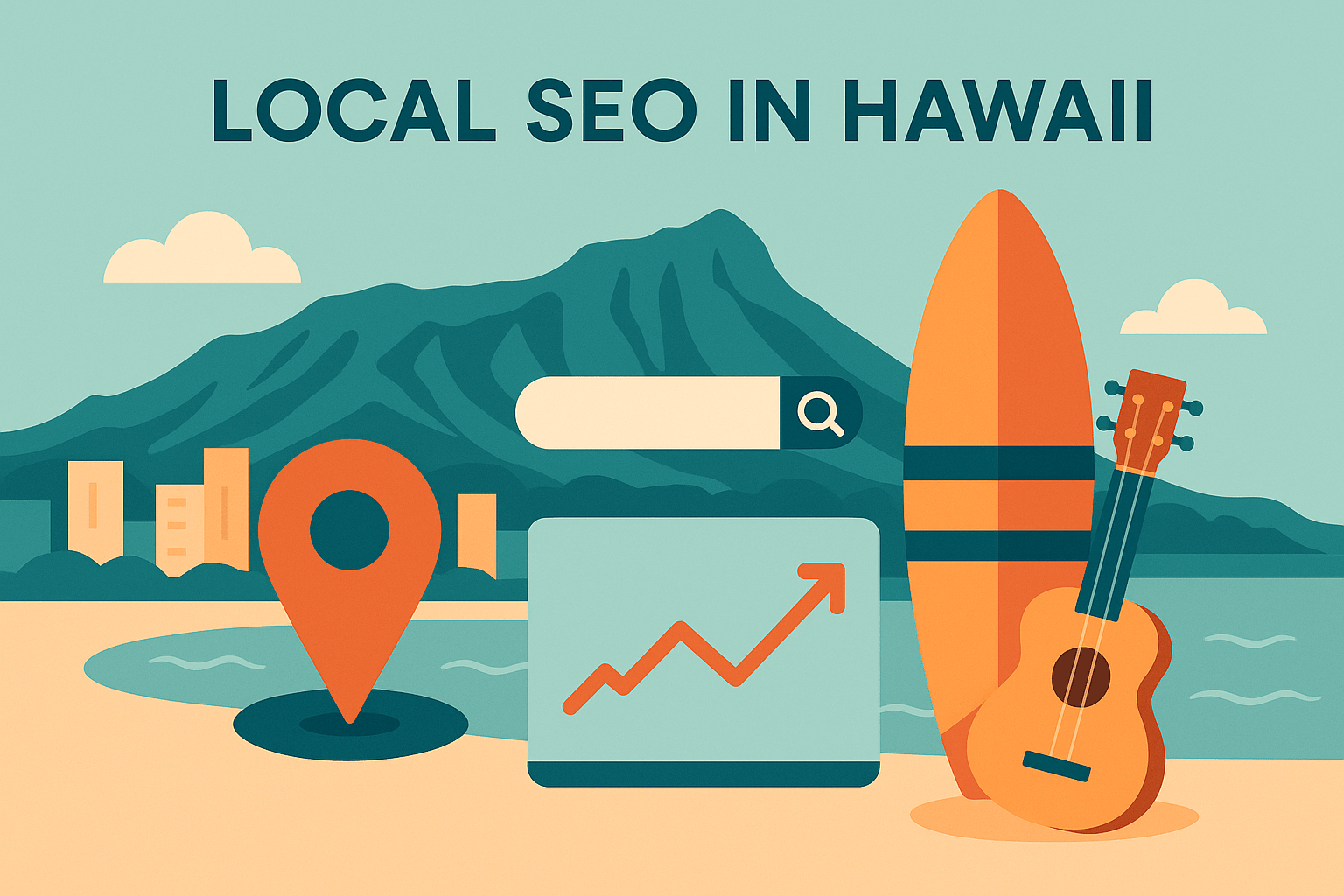
Are you feeling overwhelmed by the thought of optimizing your website for search engines in 2025?
You’re not alone.
With all the changes in algorithms, new tools, and strategies popping up, it can feel like you’re navigating a minefield.
But hang on.
I’ve got you covered with a straightforward, no-nonsense SEO checklist that’ll help you boost your rankings, drive traffic, and ultimately grow your business.
Let’s dive in!
What Is SEO?
SEO stands for Search Engine Optimization.
In simple terms, it’s the process of increasing your website’s visibility in search engine results.
When people search for something related to your business, you want to be the one they find.
This checklist will guide you through the essentials, from keyword research to technical fixes.
What Is Content Marketing?
Before we jump into SEO, let’s touch on content marketing.
It’s all about creating valuable content to attract and retain your target audience.
Think of it like building a relationship through sharing useful insights.
When you combine SEO with content marketing, you create a winning strategy that drives traffic and conversions.
How to Use This SEO Checklist
Before you get started, remember that this checklist is flexible.
You don’t have to do everything at once.
Here’s how to approach it:
1. Identify your goals: Are you looking to drive more traffic? Increase sales? Boost brand awareness?
2. Prioritize: Focus on the areas most relevant to your situation—technical SEO, content optimization, or link building.
3. Take action: Implement the checklist items step by step.
SEO Basics Checklist
Let’s kick things off with the basics.
These are foundational steps every website should tackle.
1. Set Up Google Search Console
This tool is a game-changer.
It helps you track your website’s performance on Google.
You can see which keywords bring you traffic, fix errors, and monitor your Core Web Vitals.
2. Install Bing Webmaster Tools
Okay, Bing might not be as popular as Google, but it has over 100 million daily users.
Don’t ignore that potential traffic.
3. Set Up Google Analytics
Want to know where your traffic is coming from?
Google Analytics will give you insights into how users interact with your site.
4. Install Yoast SEO (for WordPress)
Yoast is a must-have if you’re on WordPress.
It helps with on-page SEO and ensures you’re following best practices.
5. Identify Your Project’s KPIs
What are you trying to achieve?
Set specific KPIs like organic traffic growth, brand awareness, or backlink acquisition.
6. Set Up Rank Tracking
Keep an eye on your keyword rankings.
Tools like Ahrefs or SEMrush can help you track your progress.
7. Get a Free Semrush Account
Even the free version provides valuable insights about your competitors and site issues.
Keyword Research Checklist
Now, let’s dive into keyword research—an essential part of your SEO strategy.
8. Identify Your Target Market
Who are you trying to reach?
Understanding your audience is crucial for effective keyword targeting.
9. Discover Long Tail Keywords
Use Google Suggest to find long-tail keywords.
Just start typing a keyword into Google, and watch the suggestions pop up.
10. Leverage Backlinko’s Keyword Tool
This free tool can give you a plethora of related keyword ideas, along with essential metrics.
11. Tap Into Online Communities
Reddit and Quora are gold mines for keyword ideas.
Check what questions people are asking related to your niche.
12. Identify Low Competition Keywords
Use Semrush to find keywords that have low competition but decent search volume.
13. Find Question Keywords
People love to ask questions, and targeting those can drive traffic.
14. Conduct a Topical Authority Analysis
Identify topics where you can establish authority and provide valuable content.
On-Page SEO Checklist
Now that you’ve got your keywords, let’s make sure you’re optimizing your pages.
15. Include Your Keyword in Your URL
Make URLs clean and keyword-rich.
This helps both users and search engines understand your content.
16. Use Short URLs
Shorter URLs are easier to share and remember.
17. Front-Load Your Keyword in Your Title Tag
Your title is crucial for SEO.
Make sure your keyword is at the beginning.
18. Embed Title Tag Modifiers
Add modifiers like “best,” “2025,” or “review” to make your title more enticing.
19. Use Your Keyword Early On
Try to include your keyword within the first 150 words of your content.
20. Optimize Your Headings
Use your target keyword in H1, H2, and even H3 tags. It helps structure your content and boosts SEO.
21. Optimize Images
Don’t forget about image alt text.
Use descriptive text that includes your keywords.
22. Use Synonyms and LSI Keywords
Diversify your keyword strategy by incorporating related terms.
23. Internal and External Links
Linking to your own content helps users find more of your material.
External links to reputable sources can boost your credibility.
Content Checklist
Content is king, and it’s essential for effective SEO.
24. Maximize Readability
Break up text with headings, bullet points, and short paragraphs.
Make it easy for readers to skim.
25. Focus on Engaging Formats
Use formats that resonate with your audience—blogs, videos, infographics.
26. Provide Information Gain
Offer insights or solutions your audience can’t easily find elsewhere.
27. Use Multimedia
Images, videos, and infographics can enhance user experience.
Technical SEO Checklist
Don’t overlook the technical side—it can make or break your SEO efforts.
28. Identify Crawling and Indexing Errors
Check your site for errors that might prevent search engines from crawling.
29. Make Sure Your Site Is Mobile-Friendly
With mobile searches on the rise, your site needs to be responsive.
30. Fix Broken Links
Broken links can frustrate users and hurt your SEO.
31. Secure Your Site with HTTPS
Security is critical. Make sure your site is secure to build trust.
32. Check Your Site’s Loading Speed
Use tools like Google PageSpeed Insights to monitor and improve loading times.
33. Use Schema Markup
Schema helps search engines understand your content, improving your visibility.
Link Building Checklist
Link building is vital for SEO success.
34. Contribute Expert Quotes to Media Outlets
Get featured in articles to build authority and backlinks.
35. Create Linkable Assets
Develop valuable content that others want to link to, like infographics or guides.
36. Reverse Engineer Competitors’ Backlinks
Find out where your competitors are getting links from and strategize accordingly.
37. Become a Podcast Guest
Share your expertise and gain exposure through backlinks.
38. Mention Influencers
Mentioning industry influencers in your content can lead to shares and backlinks.
39. Optimize for User Experience Signals
A great user experience can lower bounce rates, which is good for SEO.
40. Update Outdated Content
Refresh older content to keep it relevant.
Put This SEO Checklist Into Action
So, there you have it—the complete SEO checklist for 2025.
No fluff, just solid evergreen strategies that can help you climb the ranks.
Start implementing these steps today, and watch your online presence grow.
FAQs
Q: How long does it take to see results from SEO?
A: It varies, but generally, you can start seeing changes in 3 to 6 months.
Q: What’s more important, on-page or off-page SEO?
A: They’re both crucial, but it’s best to have a balanced approach.
Q: Do I need to hire an SEO expert?
A: It depends on your skills and time. If you’re unsure, hiring an expert can help.
Remember, SEO is a marathon, not a sprint.
Stay consistent, keep learning, and you’ll see the results pay off.
Now go out there and crush it!
( If you are interested in getting a team of search engine and content marketing experts feel free to reach out to us here )



